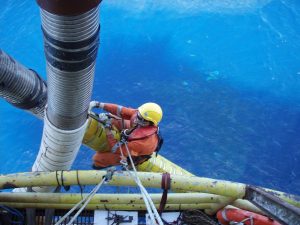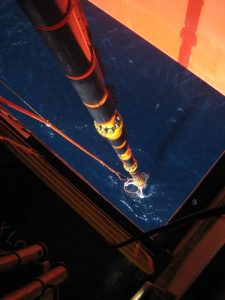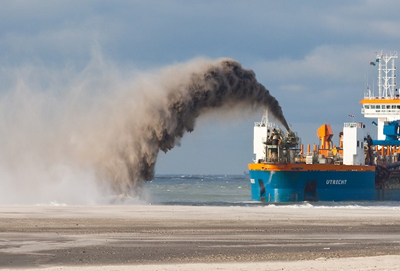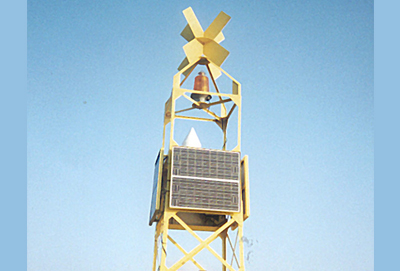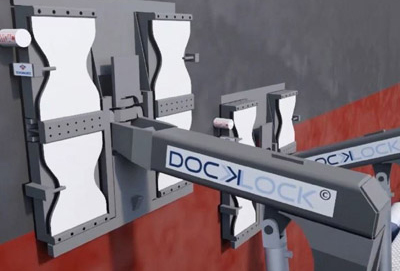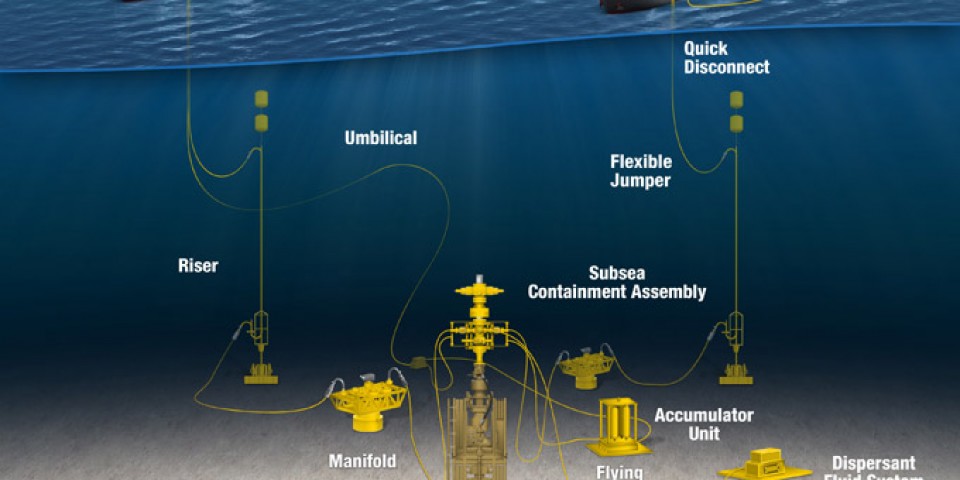
Thermoplastic sheaths ensure leak proofness and significantly reduce heat loss, providing the best solution for corrosion resistance and for high temperature hydrocarbons. Helically wound steel wires give the structure an excellent bending performance, allowing for flexibility during installation and operation. The combination of plastic and steel layers can be easily adapted to the diverse requirements of subsea developments. Moreover, flexible pipe can be easily retrieved in order to be re-used on another field development (particularly in Brazil), or in case of decommissioning (in the British sector of the North Sea).
A fit-for-purpose structure
A flexible pipe is made up of several different layers. The main components are leak proof thermoplastic barriers and corrosion-resistant steel wires. The helically wound steel wires give the structure its high-pressure resistance and excellent bending characteristics, thus providing flexibility and superior dynamic behaviour. This modular construction, where the layers are independent but designed to interact with one another, means that each layer can be made fit-for-purpose and independently adjusted to best meet a specific field development requirement.
Main characteristics
FLEXIBILITY
Flexibility is the distinctive property of a flexible pipe. A typical 8” internal diameter (ID) flexible pipe can safely be bent to a radius of 2m or less. This is the reason why flexible dynamic risers have been the enabling technology for floating production systems. This flexibility is also important for flow lines laid on uneven seabed conditions. Flexibility makes it possible to spool the pipe on a reel or in a carousel for efficient and quick transportation and installation.
INSTALLABILITY
Because the flexible pipe comes in a continuous length, laying speed commonly averages 500m per hour. Separate sections are connected on deck during installation, eliminating the need for any intermediate riser base structure or subsea connections. This elimination of interfaces reduces risk in operation.
MODULARITY
The independent layers of a flexible structure enable it to be tailored to the precise needs of a specific development. Simple flexible pipes for medium pressure water transport comprise only four layers. The most complex flexible pipes may have up to 19 layers. Beyond the basic fluid barriers and stress-resistant wires, additional layers can be included to prevent wear between steel layers (in dynamic applications) or to provide improved thermal insulation (“standard” flexible pipe already has a much better insulation coefficient than that of steel pipe). Besides including new thermoplastic or steel layers within the product, it is also possible to assemble plastic hoses, electrical cables or optical fibers around a flexible pipe to produce an Integrated Service Umbilical (ISU®), or include active heating for flow assurance in deep-water to produce an Integrated Production Bundle .Heat tracing and monitoring allow temperatures to be perfectly tuned within the core production flexible in order to meet flowing or cool down requirements.
Corrosion resistance
Since the steel wires are not in direct contact with the conveyed fluid, they do not require the same corrosion resistance as steel pipe. This means that our design experience and knowledge of gas diffusion through thermoplastic materials enable us to use carbon steel where the equivalent rigid pipe application would require much more expensive corrosion-resistant alloys.
High pressure resistance
Flexible pipes resist all fluid pressures currently encountered in the most severe subsea applications. Again, the modularity of the flexible pipe manufacturing process enables us to adjust thickness, shape and number of steel wire layers to meet the specific requirements of our clients. Modularity enables flexible technology to cover very different applications:
- production flexible products already installed in waters down to 2,140m
- kill & choke line for drilling (up to 20,000 psi)
- drain pipes and foam lines for onshore refinery applications
Even more important, it means that the flexible pipe structure is constantly evolving to meet stringent field specifications:
- higher pressures (up to 10,000 psi for a 7.5″ ID, up to 7,350 psi for a 9″ ID and up to 6,700 psi for a 10″ ID) on dynamic riser applications
- higher temperatures (up to 170°C)
- enhanced insulation through thick foam fillers laid on SZ machine
- enhanced flow assurance: active heating, gas lift and temperature monitoring
- ultra deep-water and up to 3,000 mwd

